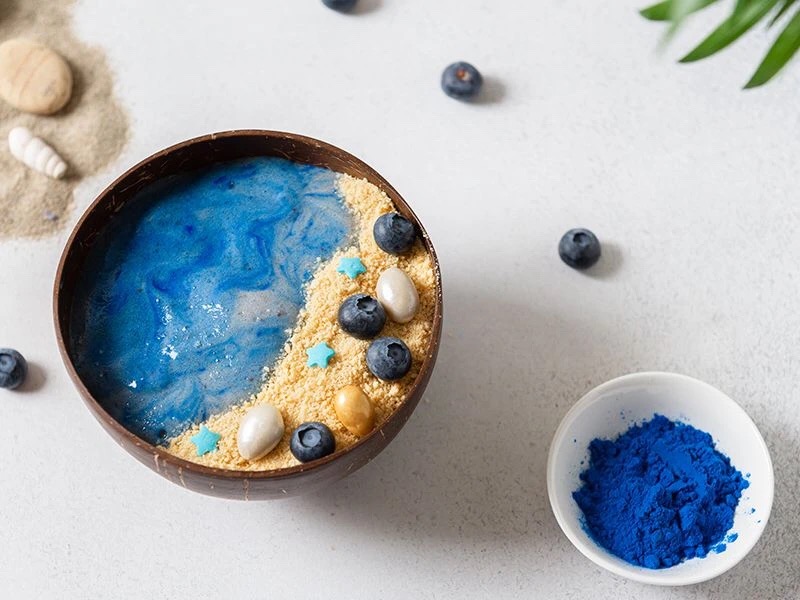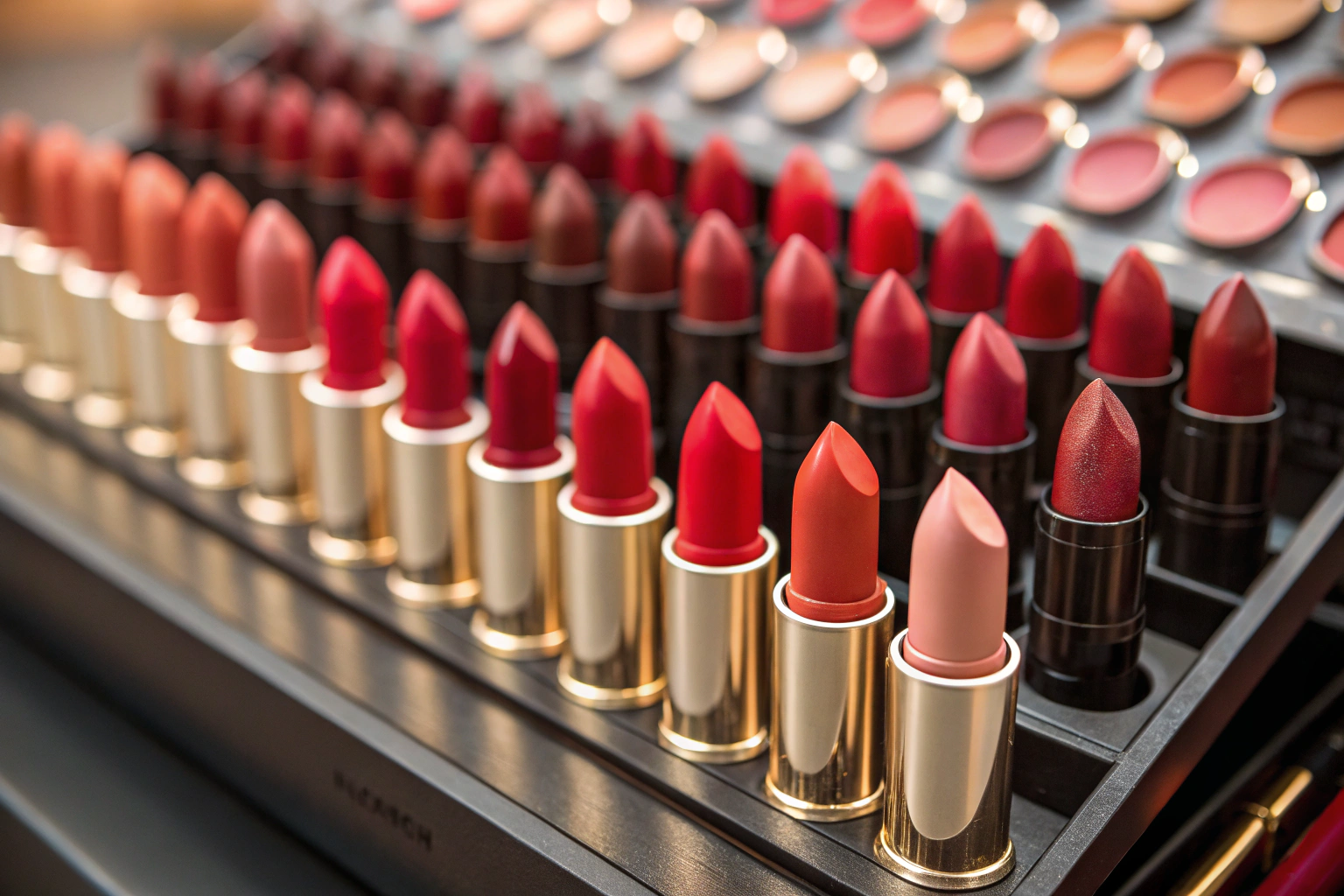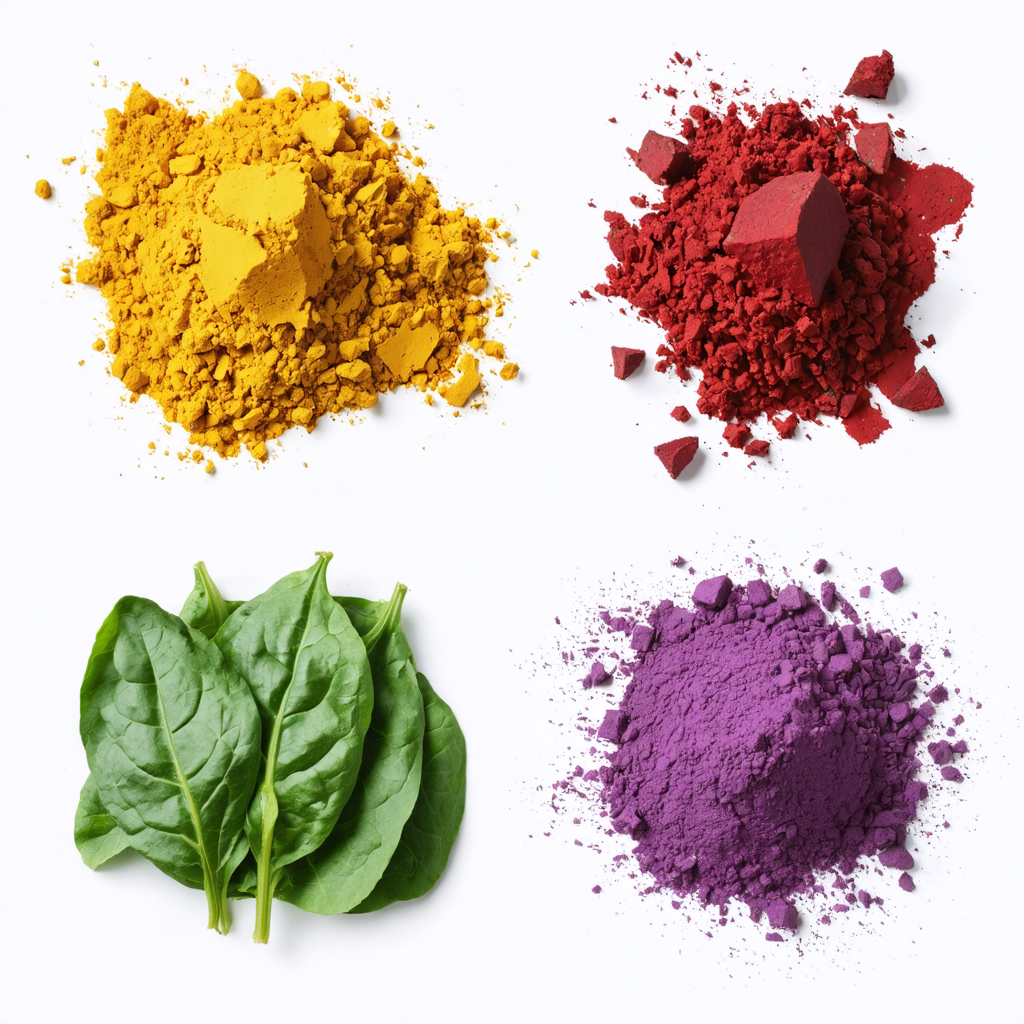Table of Contents
TogglePhycocyanin
Phycocyanin is maybe a filamentous cyanobacterium that’s blue-green. It’s a pigment-protein complex from the phycobiliprotein family, which comes with allophycocyanin & phycoerythrin. It’s water-soluble.
Today we are going to discuss in detail that how Phycocyanin is made & how can we get benefit from using it within different applications
Processing Information
Extraction Processing details which is applicable and include HACCP & CCPS plan
| CCP1 | CCP2 | CCP3 | CCP4 |
| Certified Spirulina powder | Seperation of Solid Liquid | Spray dying | Put In storage |
| Soak Raw Material | Filtration & Ultra filtration | Mixing,sieving & packing | |
| Breaking the cells of spirulina | Ultra High speed centrifugation | Foreign Material detection |
Subunits of Phycobiliproteins
- There are two subunits of phycobiliproteins, “Alpha & beta”, which have the protein’s backbone where one or two tetrapyrrole chromophores are covalently bound.
- Phycocyanin is usually found in the cyanobacteria, which grow nearby hot weather because it can remain stable up to 70 °C, with light-absorbing behaviours at 20 and 70 °C.
- Thermophiles contain a bit different aminoalkanoic acid cycle making them stable under these higher conditions.
- The relative molecular mass is about 30,000 Da.
- The stability of this protein invitro at these temperatures has been disported to be substantially lower.
- Photo-spectral inspection of the protein after 1 min exposure to 65 °C conditions during a purified state demonstrated a 50% loss of tertiary structure.

Making of Phycocyanin
- There are various methods for the production of Phycocyanin, including photoautotrophic, mixotrophic, heterotrophic, & recombinant production.
- Production of Phycocyanin happens where cyanobacteria spread in open ponds in tropical or either subtropical regions, whereas the production of
- Mixotrophic algae grow in the culture where they have the source of organic carbon like glucose.
- Let us have a look at Subunits of Phycocyanin.
Subunits of Phycocyanin
- Phycocyanins are made up of phycocyanobilin as chromophores are specified to C-phycocyanins C-PC.
- The monomer of C-PC contain dissimilar α- and β-polypeptide units (∼20 kDa), containing 1 & 2 phycocyanobilins covalently sure to cysteines at position 84 (α) and 84 and 155 (β)
- The monomers aggregate quickly to make trimers (α,β)3 and hexamers (α,β)6
- The latter is an essential part of the phycobilisomes—a supramolecular assembly of phycobiliproteins in cyanobacteria and algae.
Intro to Phycobiliproteins
Phycobiliproteins are proteins that set up light-harvesting antenna complexes (phycobilisomes) and act as photosynthetic accessory pigments in cyanobacteria and alga (Yan et al., 2010).
They might even be used as storage protein in some algae, deteriorate to provide nitrogen within the absence of nitrogen.
Usage Of Phycocyanin
This natural pigment is primarily used in Japan & China as a colouring agent, and it includes various health benefits like, For instance
- It promotes blood cell growth
- It also Improve immune function
- Make health good enough to fight with various diseases
- And many Other health benefits
Application
Cosmetics
- Dairy products
- Jellies, Gum candies
- Beverages
- Cosmetics
To send us an inquiry right away regarding this product, please click Phycocyanin
To learn more about natural colours and their uses, click Santacolor




